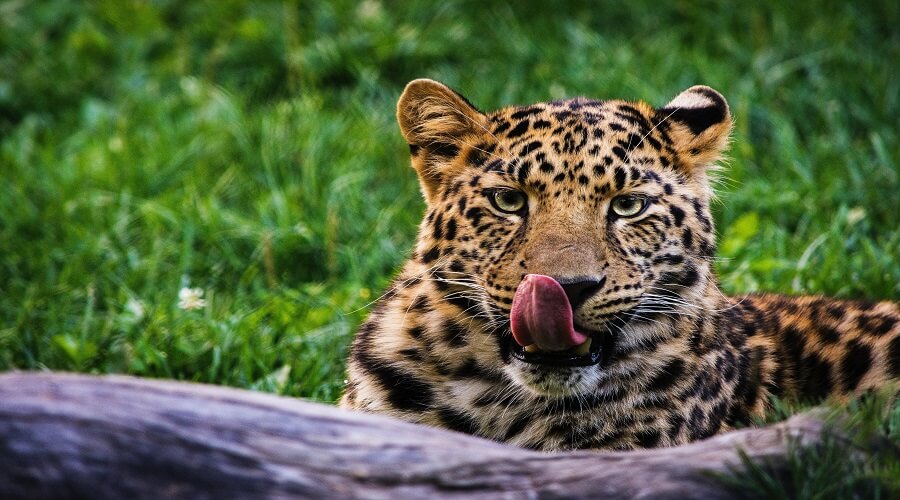.jpg)
Best Time to Visit Tanzania for Safari (2025-2026 Complete Guide)
The best time to visit Tanzania for a safari depends on what you want to experience. This guide covers the ideal months to visit in 2025 and 2026 for the best wildlife viewing, the Great Migration, and a perfect beach getaway in Zanzibar. We’ll walk you through the weather patterns, safari highlights, and top travel periods to help you plan your trip.






Best Time to Visit Tanzania for Safari in 2025 - 2026
The best time to visit Tanzania for a safari is during the dry seasons, which run from late June to October and again from mid-December to early March. These months offer excellent wildlife viewing conditions as animals gather around water sources, vegetation becomes thinner, and the skies are generally clear.
For 2025 and 2026, plan your safari for the following months:
- June to October – Peak dry season, the best overall for safaris
- January to early March – Calving season, ideal for predator action
These periods also coincide with holiday breaks, making them perfect for family safaris or romantic getaways.
Best Time to Visit Tanzania and Zanzibar (2025-2026)
The best time to visit both Tanzania and Zanzibar is from June to October. The weather is dry and sunny across both destinations, providing perfect conditions for a safari and beach vacation.
Late December through February is another great time, especially for those looking to escape the winter in the northern hemisphere. This period offers:
- Exceptional wildlife in northern parks like Serengeti and Ngorongoro
- Beautiful white-sand beaches and turquoise waters in Zanzibar
To make the most of both safari and beach time, avoid the heavy rains from March to May.
Best Time to Visit Tanzania for the Great Migration (2025-2026)
The Serengeti Great Migration is one of nature’s most awe-inspiring events, and timing is key to witness its highlights:
- January to March – Calving season in Southern Serengeti (Ndutu area)
- June to July – Grumeti River crossings in Western Serengeti
- August to October – Mara River crossings in Northern Serengeti
For 2025 and 2026, consider visiting during these prime times:
- Mid-June to early August 2025/2026 for Grumeti crossings
- Late August to October 2025/2026 for the dramatic Mara River crossings
These are the ideal times to experience one of the most spectacular wildlife events in the world.


.jpg)
.jpg)
Best Time to Visit Tanzania Serengeti
The Serengeti can be visited all year, but the wildlife experience changes with the seasons. Here’s a quick overview:
January to March: Calving season in the Southern Serengeti (Ndutu area). This is when thousands of wildebeest give birth, attracting predators. A great time for action-packed game drives.
June to October: Dry season and peak safari time. Animals gather around water sources, and the vegetation is thin—perfect for wildlife viewing, especially in Central and Northern Serengeti.
November to December: Short rains begin, but wildlife is still active, especially in the central parts of the park.
If you want the best overall experience, plan your trip between **June and October**.
Best Time According to Seasons
Peak Season (June to October)
This is the best time for game viewing. The weather is dry, skies are clear, and animals are easy to spot. It’s also a great time to visit Zanzibar for a beach holiday.
Low Season (March to May)
This is the long rainy season. Roads can get muddy, and some lodges may close. However, the scenery is green and prices are lower. You’ll see fewer tourists.
Shoulder Season (November, December to February)
November brings short rains, but game drives are still possible. From December to February, weather improves. Calving season starts, and Zanzibar offers great beach weather.
Worst Time to Visit Tanzania
The least favorable time to visit Tanzania is typically from March to May, during the long rainy season. This period brings heavy rains, especially in the central and southern regions of the country, which can cause a variety of travel challenges. The roads, particularly in more remote areas, can become muddy and difficult to navigate, which may hinder access to some of the best safari spots. Wildlife sightings during this time may also be less reliable as animals disperse more widely, and the thick vegetation makes it harder to spot them. Additionally, some lodges and camps close temporarily during these months due to the weather conditions. While the rains bring lush green landscapes, it’s important to weigh the potential inconveniences before booking your trip during this season.
Is December a Good Time to Visit Tanzania?
Yes, December is a fantastic time to visit Tanzania, especially in the second half of the month. The weather is warm and mostly dry, making it ideal for both safaris and beach holidays. The wildlife viewing is excellent, particularly in the southern Serengeti, where the calving season begins. This is when thousands of wildebeest, zebras, and gazelles give birth, creating dramatic scenes as predators are on the hunt. The dry weather also improves visibility, allowing for better game viewing. Additionally, Zanzibar enjoys beautiful beach weather with warm, sunny days and calm seas, making it a perfect destination to unwind after your safari. However, keep in mind that December is also a busy travel time due to the holiday season. It’s essential to book your accommodation and safari activities well in advance to secure your spot and avoid last-minute price hikes or limited availability. If you don’t mind the festive crowds, December offers a great balance of ideal safari conditions and a beach escape.